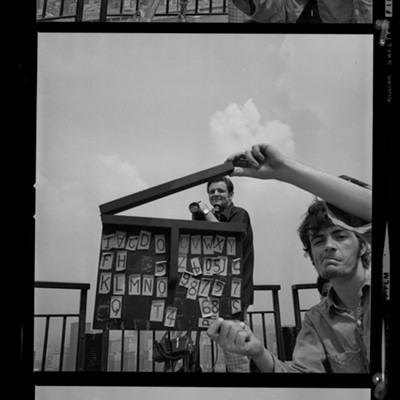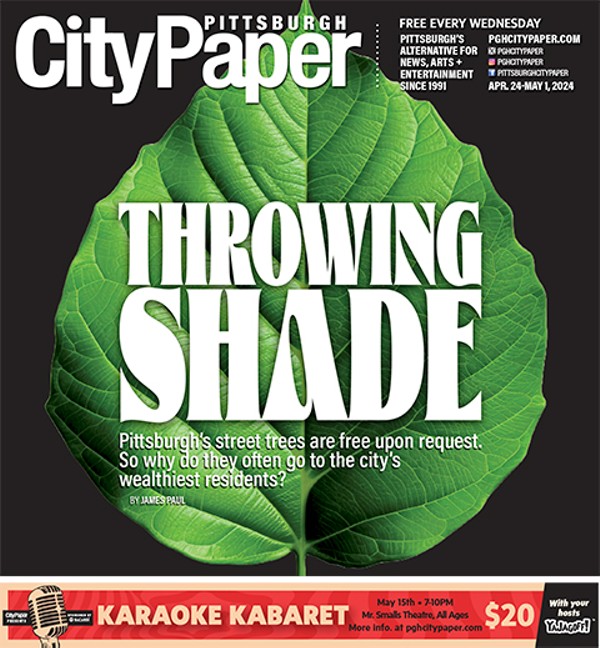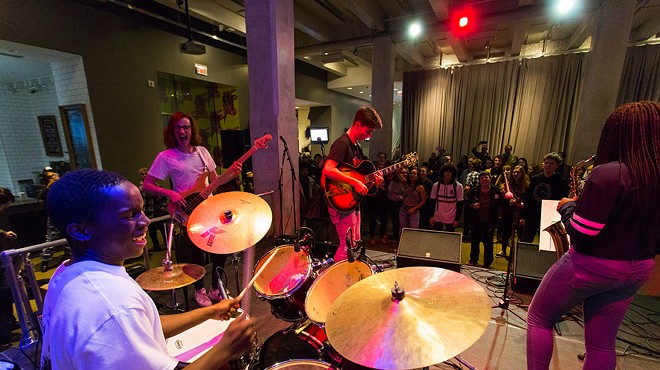Every day I am frustrated and angry about how much we know about climate change and how little is being done to combat it despite having the tools at our disposal. But I can't imagine how I would feel if I had known about this since the '70s, if I tried to do what I could to help, only to have my work ruined. That is the story, at least part of it, told in Spaceship Earth, an oral history of Biosphere 2, a 1991 project in which eight people in jumpsuits sealed themselves in a biodome for two years in order to study how humans interact with the environment.
Made up of archival footage, present-day interviews, and news clips, it's a strange, fascinating, and eerie film to watch while we're all in quarantine, and while climate change ravages the earth.
Before they built a state-of-the-art biodome, the group called themselves synergists. They lived and worked on a sustainable farm in New Mexico. They built a huge ship at a dock in San Francisco just to see if they could. They were a group of outcasts and free thinkers who were determined to do something meaningful, which is what set them apart from other communes and cults of the '60s and '70s, which often devolved into drugs and dysfunction.
Biosphere 2 was a whole company, with funding from billionaire philanthropist Ed Bass. They built an enclosed ecological system to experiment with how humans might one day build a habitat in space, and to generally study humans' impact on their environment. There was a rainforest, a desert, and a mini ocean with a coral reef. It sat in a small town in Arizona with glass walls that visitors would peer through like a zoo enclosure. Participants included eccentric doctor Roy Walford, who had the group eating a low-calorie diet, which he developed as part of research to extend life expectancy.
The diet made participants extremely thin and malnourished. A decrease in oxygen levels made it difficult for the participants to breathe (eventually oxygen was pumped in, a controversy that some saw as a violation of the experiment). One of the biospherians described their state as "suffocating and starving," which led to infighting and dysfunction. Plus, there was mismanagement from the project's leader, John Allen, who had a cult-like status and control over the project.
When they became media fixtures in the early '90s, the self-identified biospherians, were a subject of fascination but also somewhat of a laughing stock. They looked and sometimes acted like a cult, wearing matching bright red jumpsuits. But mostly people laughed because of their mission. Biosphere 2 built an indoor system of plants, animals, water, and air to study and gather data on how humans interacted with their environment, and how human activity affects the environment. In trapping eight people in a self-sustaining dome, they could, for example, study how quickly carbon dioxide levels rose.
Not until the last couple years has it become fashionable to care about the environment in a real and concrete way. Now, celebrities post about wildfires and droughts all the time. But, previously, to be an environmentalist was to be someone obsessed with something intangible. Working to save the earth from a vague threat was less respectable than something real and tangible, like wanting to make a lot of money. This is where people like Ed Bass and Steve Bannon come into play (Bass initially thought he could make money off of future space missions that used Biosphere 2 technology).
For much of the film, Spaceship Earth feels like it's building to a dramatic climax, like something catastrophic might happen and the biospherians won't be able to stay sealed for the full two years. But it's not quite so explosive. There are moments of drama inside the biosphere, and outsiders never stopped seeing them as kooky weirdos, but when it ended, after a full two years, the participants were sad. They felt they had just started to make progress and didn't want to leave the quarantine.
After the team ended their stay in Biosphere 2, there were disputes among management and executives, and several people either quit or were fired. Bass served a restraining order against several former employees and hired Bannon as CEO, who was then an investment banker and wanted to make Biosphere 2 more profitable. Because there was so much dysfunction, much of the vast amount of data collected during the two-year experiment was destroyed or lost, making its value known only to the people who lived through it.
"Not to be able to go back to something of that magnitude that's the culmination of your life's work is excruciating," says one of the participants towards the end of the film, before getting up and walking away from the camera because she is so overcome with emotion.
Now, several of the biospherians still live together on their original ranch. They don't see their experiment as a failure but an experience that taught them how to live better on earth, which they call Biosphere 1.
Spaceship Earth will be available to stream May 8 through the Tull Family Theater, The Parkway Theater, and on Hulu.
Eerily, quarantine and climate change are at the center of documentary Spaceship Earth
By Hannah Lynn















